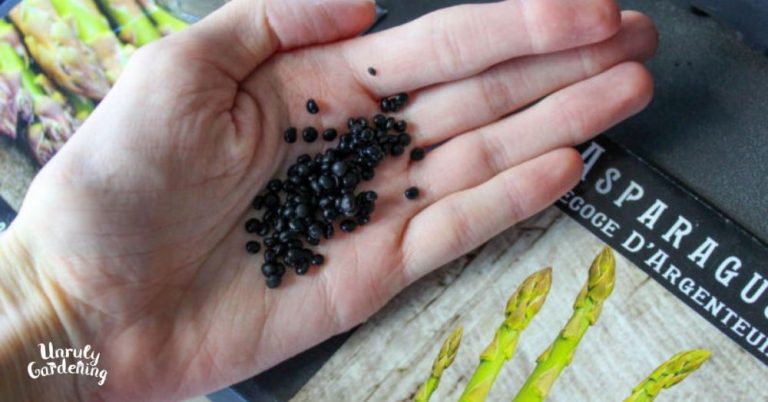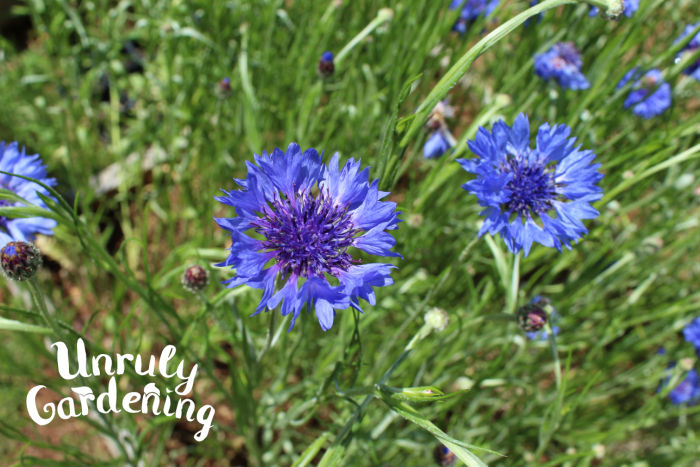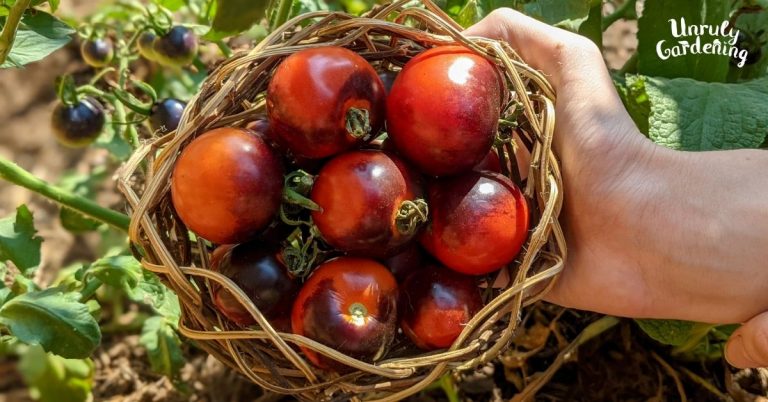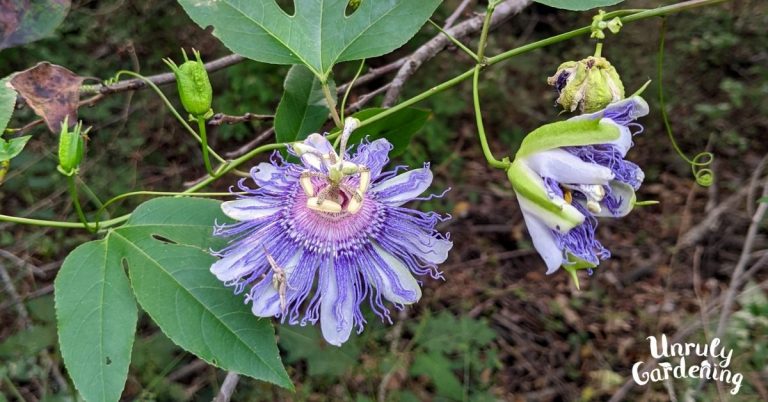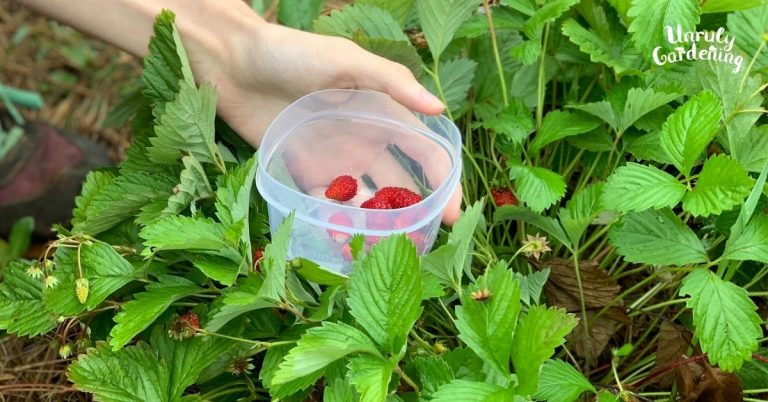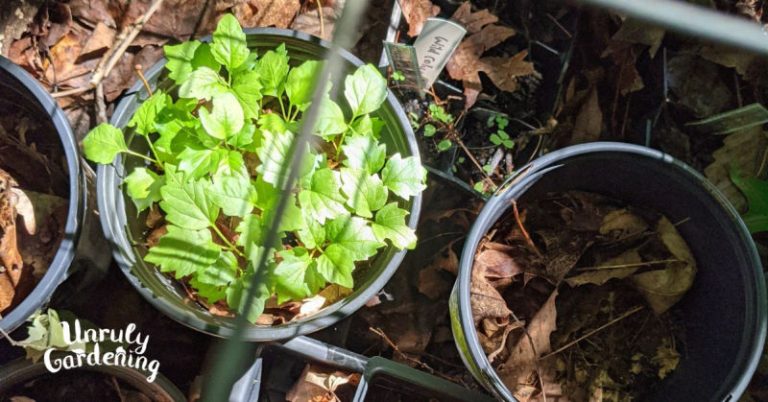How to Chit Potatoes for Planting
Learn how to “chit” or sprout seed potatoes, to give them a good start in your home garden!

It’s your first time trying to grow a potato patch, and you’ve got your sack of seed potatoes! The ground’s thawed out enough, you’ve prepared your soil, and now, you’ve got to get your seed potatoes ready to plant.
But hang on – there’s more to planting potatoes than just dropping a whole potato in the ground!
In this article, we’ll tell you how to chit, or sprout your seeding potatoes, then explain how to chop, then dry the potatoes in pieces until they’re ready for planting.

Sprouting/Chitting Seed Potatoes
Sprouting (also known as ‘chitting’) your seed potatoes is the first step you should take when you come home with your seed potatoes.
This applies to all potatoes, fingerling, russet, Kennebec, fancy blue, or red potatoes all alike – if it’s a potato, no matter if you’ve got one pound or fifty, your first step is to start them sprouting.
Why chit potatoes?
Chitting potatoes, causing them to sprout indoors before they end up in the ground outside, gives them a head start on growth and often leads to a swifter harvest. It’s sort of like starting seeds indoors for a head start on the growing season, versus planting them directly in the ground.
How to Get Your Potatoes Started:
Plan Ahead
It takes 2-3 weeks to chit potatoes, plus another 3 to 5 days for them to cure once cut. In this time, they will occupy a space in your house, but they should need no real maintenance.
You want to time your purchase of your potatoes so that, ideally, your potatoes will be sprouted and ready to plant right as your particular area goes into the season for planting potatoes.
Look up the planting dates for potatoes in your growing zone, and calculate the date about 3-4 weeks back in order to get an approximate date to start sprouting.
Mary’s Heirloom Seeds has a helpful list of potato planting times per state.
Location
You will need a flat surface, such as a spare table, and a location that is dry and cool that receives indirect light. We use an old table that has been set up in our unfinished basement, a ways back from the windowed door. (Note that our basement is not freezing cold or damp though, it’s reasonably cool – averaging in the 50’s this time of year – and dry.)
Temperature-wise, you don’t want the potatoes to be so cold they freeze, but you don’t want them to get too hot, or they’ll shrivel and wither up. Think early spring temperatures: aim for 45-60°F. It’s also important that the potatoes aren’t allowed to get wet – they can rot or mold if that happens.
Light amount is important as well. Too dark, and you’ll end up with fragile, long, spindly sprouts that snap off easily, and are not good for planting. Aim for indirect light- no sunbeam directly falling on the potatoes – ideally provided all day long.

The Potatoes
To prevent dirt from getting on the table, some people like to lay down newspaper or a layer of cardboard. This is optional, but you may wish to lay down some sort of protective surface to prevent possible damage to the table.
The basic way to get your potatoes going to to lay them out in a single layer on the table. Make sure the table is in the location you’re going to be keeping the potatoes in; moving a table full of potatoes isn’t a good idea!
If you’re starting multiple varieties of potatoes, keep them slightly separated and have some kind of indicator nearby to show what variety is what. It’s easier than you think to mix them up!
If you notice one side of a potato has no ‘eyes’- the places where sprouts come from, noticeable little dips in the potato- you can flip it so the side with more eyes is facing upright.
After laying them out, you’ll simply be leaving them alone for 2-3 weeks. If you notice a potato rotting, remove it from the pile and toss it away, but other than that, leave them be.
After Sprouting
After 2-3 weeks, your potatoes should be covered with short green sprouts! Some potato varieties produce purple-ish sprouts instead of green ones- this is fine, and does not mean there’s something wrong with your seed potatoes.
If your potatoes haven’t sprouted, they probably need more time. If you give them another week or two and they still haven’t sprouted, then something’s probably off with the light, temperature, or humidity. Inspect the location you set your potatoes on for chitting, and correct any noticeable problems.
Once they’re sprouted, we can move on to the next step – cutting them up!

Cutting Into Pieces
Cutting up sprouted potatoes is optional, but gets you more plants, which means you get more to harvest once they’re grown. You will need a sharp knife – be careful of your fingers while cutting, and do your best not to crush the sprouts as you slice.
Basically, you want there to ideally be 2 or more sprouts per piece of potato. This means if you choose a potato, and it has 4 sprouts on it, you should cut it in half in a way that leaves 2 sprouts on each chunk of potato. A 5-sprout potato should also be cut into two pieces, one with 3 sprouts and the other with 2.
The important thing is to make sure you have at least two sprouts on each piece. Most potatoes will end up cut into two pieces. Some large ones with lots of sprouts (6 or more sprouts) may end up giving you three.
Potatoes with only 1, 2, or 3 sprouts should be planted whole. You can slice a 3-sprout potato so that you have one 2-sprout piece and one 1-sprout piece, but be aware the 1-sprout piece has a higher chance of failure when planted out into the garden.
As you work through your potatoes, discard any you see that beginning the process of rotting or molding. They are unsuitable for planting.
Curing
Once the potatoes are all cut, they need to cure. Lay back out the pieces of potato on your table in a single layer, cut side exposed to the air, and leave them be for 3 to 5 days for the freshly cut area to “heal” over, or dry.
At this point, higher humidity is okay, and can actually be desirable. Very dry air may cause only a fragile, thin skin to form which can break when handled.
It’s not something to worry about too much, unless you’ve tried to grow seed potatoes for years and just can’t get them going. We personally don’t take any extra special actions while letting our seed potatoes cure, and we have no problems with too-thin skins.
After Curing
After your seed potatoes have completely cured, go through them. Check for signs of mold, rotting, or chunks of potato that are too withered to plant, and discard any of those you find.
Now your potatoes are ready to plant! You can hang on to them for a little while longer if the weather isn’t cooperating, or you still need a few more days until you can get out in the garden and plant, but try not to take too much longer.

Next Step – Planting!
Need instructions for planting your cured seed potato chunks? We’ve got you covered with our next article!
In that article, you’ll learn how to prepare the soil, plus plant and care for your potatoes.

Then, once they’re all grown up and ready to harvest, check out the third article in this series:

